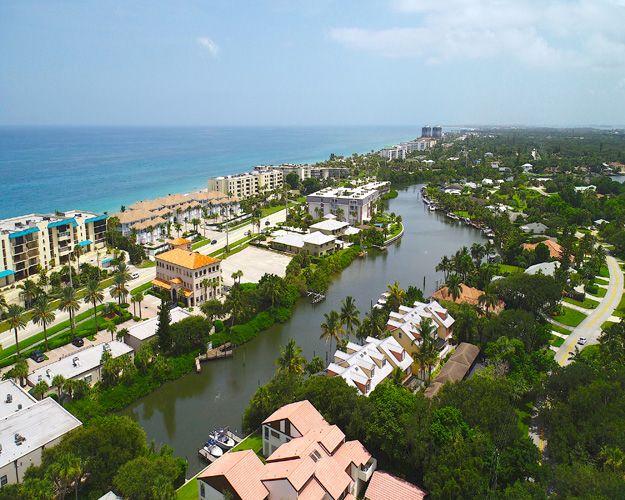County Commissioner Tim Zorc is determined to clean up Bethel Creek. For years, he has pushed for a project that would flush the stagnant creek with ocean water.
Continuing that effort, he will host a seminar in March to make the public more aware of an innovative research project now underway in the creek that could lead to the kind of seawater flushing he believes would restore the ecological health of this inlet from the Indian River Lagoon.
At the seminar, experts will explain a research project that has been undertaken by scientists from Florida Institute of Technology. The project involves a highly sophisticated computer-model study based on data collected in Bethel Creek, aimed at determining if the murky inlet can be cleaned by flushing it with ocean water.
The university last year was awarded $800,000 by the state legislature for the first phase of the project, which will study a site in the Banana River and the Bethel Creek – which starts near the Village Market on the barrier island and curves through residential neighborhoods to open into the lagoon near the Vero Beach Municipal Marina.
The university did not provide a breakdown of how much money would be spent on the Bethel Creek portion of the project, but did say all money will go to pay a team of scientists and their post-doctoral research associates.
Scientists began gathering water-quality, hydrologic and biological data in the creek late last year.
A team from FIT visited the creek to take initial water samples, but most of the information about currents, salinity, water temperature and other conditions is being provided by St. Johns Water Management District, the Marine Resources Council and Harbor Branch Oceanographic Institute, which maintain sensors in the lagoon, according to Gary Zarillo, a professor of oceanography at Florida Tech and one of the principal investigators on the project.
The amassed data from all sources will be plugged into a computer model in which virtual dye that moves with the currents will be introduced to determine if a permanent or temporary flushing system could provide a cure for the creek’s ecological ills.
“The model in the numerical world mimics the real world to the best of our ability,” Zarillo told Vero Beach 32963. “It’s like when you get your weather prediction everyday – that’s not actual data, it’s based on models and statistics. Usually the weather predictions are pretty accurate.”
Zarillo, Duane DeFreese of the Indian River Lagoon Council, and Dennis Hanisak, a scientist at Harbor Branch Oceanographic Institute, are slated to speak at the March event, talking about the FIT study and other efforts to clean the polluted lagoon.
The data-gathering phase of the Bethel Creek study is expected to conclude in June.
The conclusions reached by the university’s team of eight scientists and biologists will be distributed to the state, county and public. If it is convincing and more funding is available, the goal will be to proceed with flushing the creek, which is a short distance from the ocean.
Longer term, the hope is that improving water quality in places like Bethel Creek will lead to ecological restoration throughout the lagoon.
Talks about how to clean up and restore the creek reached fever pitch in 2017 after a sewage main along State Road A1A burst, dumping 3 million gallons of raw sewage into the creek.
The city instituted water-quality monitoring and installed aerators to speed up decomposition of the human waste, but that action did not address the overarching problem.
Because Vero is midway between the Fort Pierce and Sebastian Inlets, more than 15 miles from any source of fresh ocean water, tidal flushing and currents are minimal in this section of the lagoon during much of the year. Dirty water in Bethel Creek and between the Vero bridges exchanges very slowly, and the creek was filthy for months after the sewage spill.
Zorc’s seminar will be held in County Commission Chambers, 1801 27th Street Building A, Vero Beach, on March 4 at 9 a.m.

